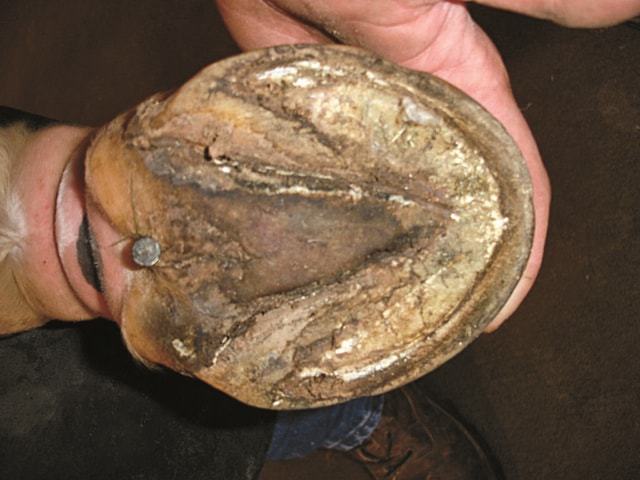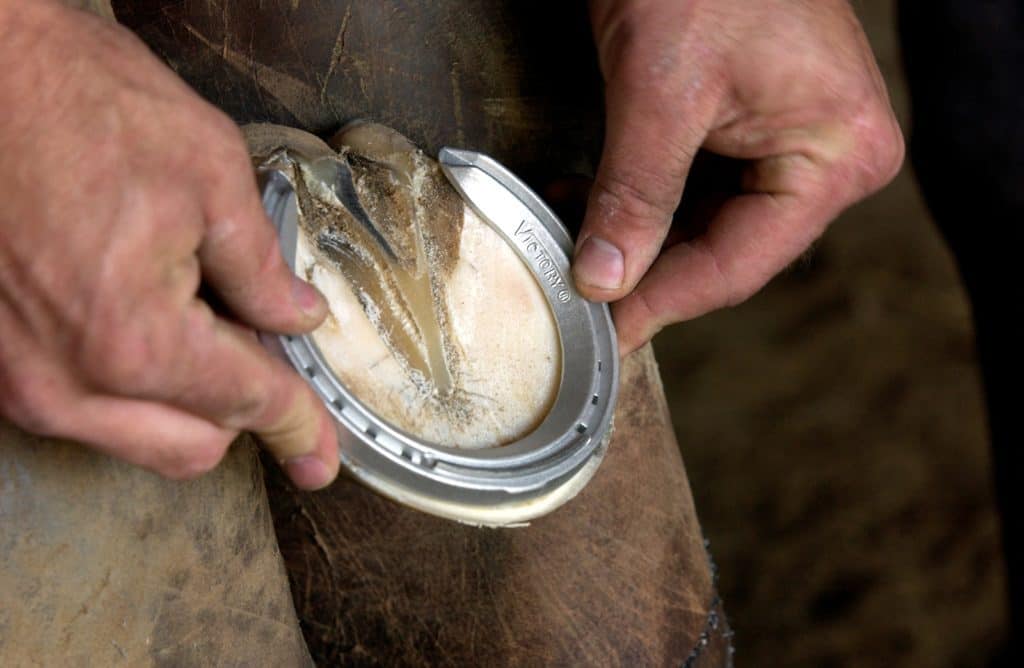
An Alternative Approach to Palmar Digital Nerve Blocks
One practitioner shares a new technique that be more effective in pinpointing the cause of equine foot pain.

One practitioner shares a new technique that be more effective in pinpointing the cause of equine foot pain.

Solar foot penetrations involving the joints can be career- and even life-threatening injuries.

Dr. Lisa Fortier shares her picks for the top equine surgery- and lameness-related studies of 2013.

Learn how veterinarians get to the bottom of lower-limb problems in the first of this two-part series.

Learn about healthy hoof conformation and common, potentially function-affecting abnormalities.

One vet said multiple abnormalities could contribute to hoof lameness, rather than just one problem.

One vet encouraged practitioners and farriers to take a biomechanical approach to treating some foot problems.

Research shows that various angles of the outer and inner hoof are linked to different kinds of lameness.

Non-weight-bearing lameness is one of the most common emergencies practitioners manage in the field.

These state-of-the-art pressure sensors that can measure the forces at more than 1,000 location on the hoof.

The two-day program included presentations about podiatry, diagnostics, and treatments for laminitis.

Researchers observed noticeable lameness in horses consuming high levels of endophyte-infected seeds and hay.

The first step in managing an equine foot problem successfully is to attain an accurate diagnosis.

Some veterinarians are adding a new tool to their lameness diagnosis arsenal

One researcher says that it is very rare to see a spontaneous quarter crack not associated with sheared heels.

Developments in equine lameness research, discussed during the 2011 AAEP Convention in San Antonio, Texas. Topics included tendon/ligament injuries, microstructural alterations, navicular bone degeneration, bone marrow-derived stem cells, and more.
Stay on top of the most recent Horse Health news with
"*" indicates required fields